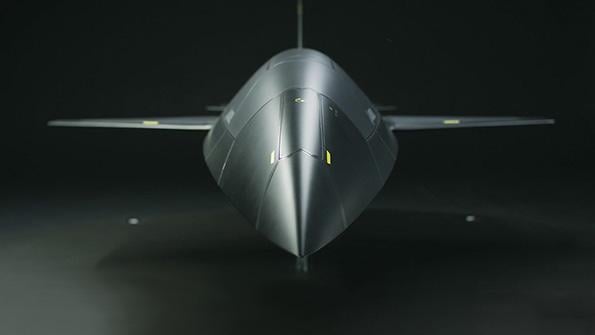
Anduril’s Fury is fighting to move the startup into the ranks of air dominance prime contractors.
Credit: Anduril
Compared to the wing, sensors and other major features, the landing gear likely will be an afterthought on the day Anduril Industries rolls out the first Fury, a jet-powered autonomous fighter selected by the U.S. Air Force to compete in the first round of the Collaborative Combat Aircraft program...
Can Upstart Anduril Land The CCA Market? is available to both Aviation Week & Space Technology and AWIN subscribers.
Subscribe now to read this content, plus receive critical analysis into emerging trends, technological advancements, operational best practices and continuous updates to policy, requirements and budgets.
Already a subscriber to AW&ST or AWIN? Log in with your existing email and password.





